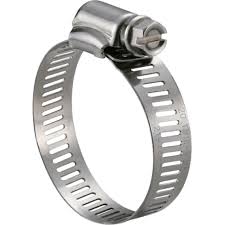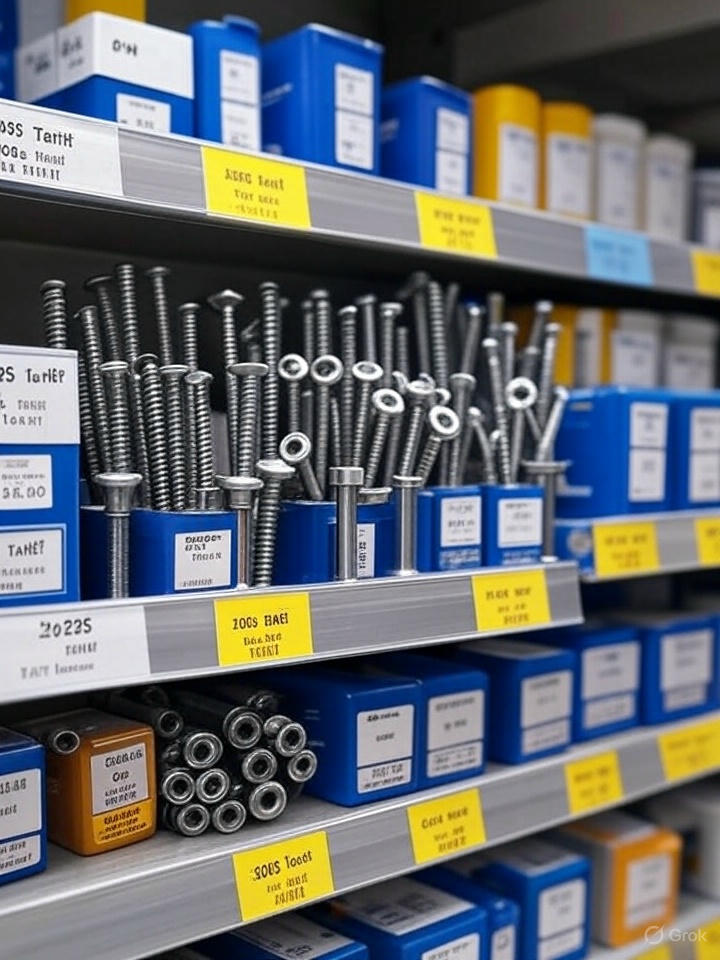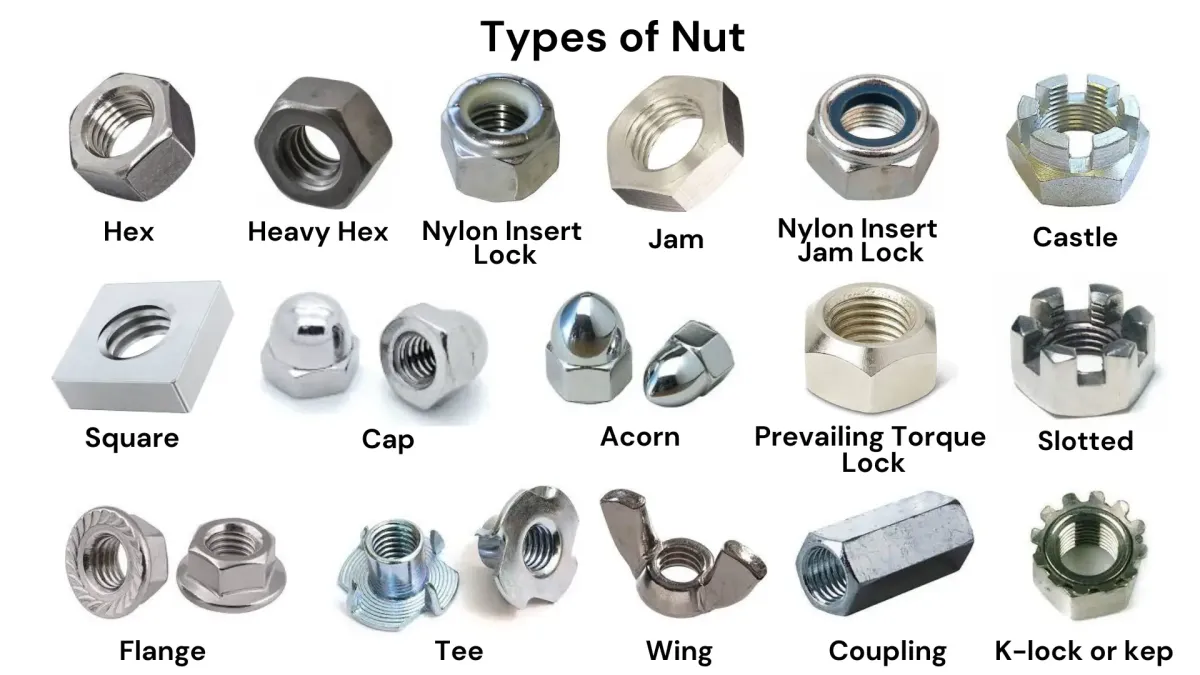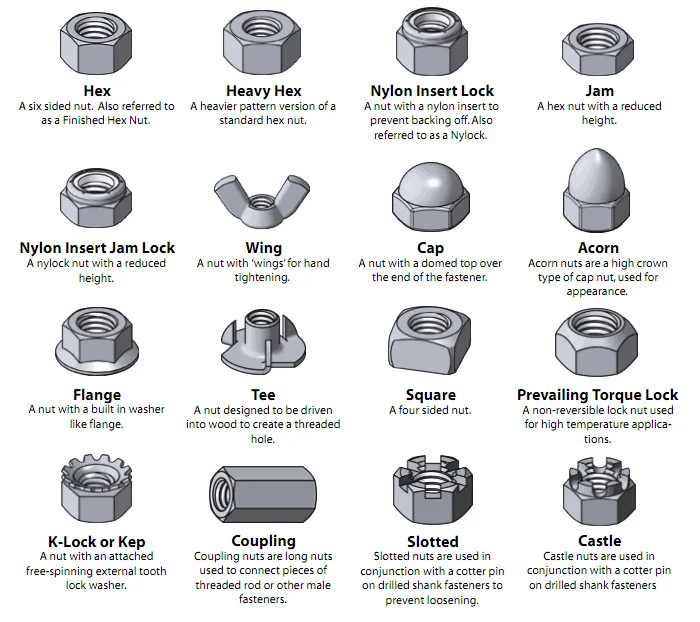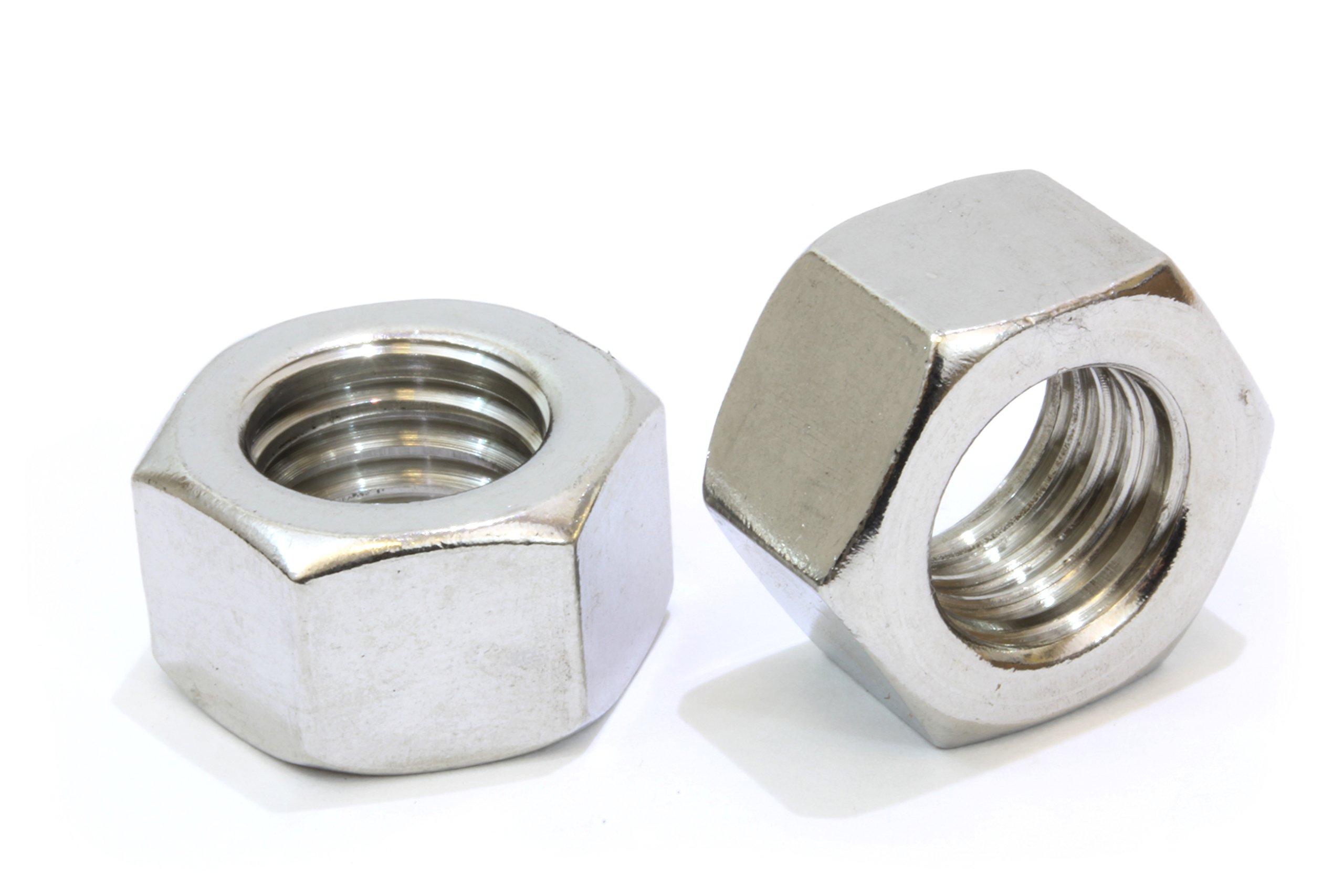Learn about your fixed options: Sleeve anchors vs. Wedge anchors
When it comes to fixing fixtures to concrete, masonry or blocks, choosing a right anchor is crucial for safety and durability. One of the most common mechanical extension anchors is the sleeve anchor and wedge anchor. Although both are designed to create powerful fixing points, the debate between sleeve anchors and wedge anchors is often seen as they vary widely in design, working principles and ideal applications. Understanding these differences will help you select the most appropriate anchor for a specific project to ensure a safe and durable installation. This guide will dig into the characteristics of each guide, making it easier to determine which option is best for your needs.
What is a sleeve anchor?
Sleeve anchors are a versatile fastener designed to be used in a variety of basic materials including concrete, bricks and blocks. It consists of bolts or bolts, expansion sleeves covering the studs, and nuts and washing machines. When tightening the nut or bolt head, it pulls the conical end of the stud onto the sleeve. This action forces the sleeve to expand outward, firmly pressing the sides of the pre-drilled holes in the base material. This extension creates a safe friction grip and holds the anchor in place. The sleeve anchors come in a variety of head styles such as hexagonal heads, flat heads, acorn nuts and round heads to meet different aesthetic and functional requirements. They are commonly used in light to medium-sized applications such as fixed handrails, catheters, lamps and support brackets. One of their advantages is that they adapt to softer or hollow base materials that wedge anchors may not be suitable.
What is a wedge anchor?
Wedge anchors (commonly called stud anchors or expansion bolts) are heavy duty fasteners designed for solid concrete. It is characterized by threaded studs with a tapered tapered dilator at one end, an expansion clip or sleeve around the cone. Insert the anchor into the pre-drilled hole in the concrete and draw the stud upwards as the nut is tightened. This action pulls the tapered expander into the clip, forcing the clip to spread and wedge tightly with the wall of the concrete hole. This creates an unusually powerful and reliable fixation, making the wedge anchor ideal for applications requiring high due tensile forces and shear strength. Common uses include securing structural steel, heavy machinery, frame systems and support columns. They are usually made of carbon steel (usually galvanized corrosion resistant) or stainless steel for a more demanding environment.
Key Differences: Sleeve and Wedge anchor depth
The core difference between sleeve anchors and wedge anchors is its operating mechanism, appropriate basic materials and load-bearing capacity. The sleeve anchor uses a full-length expansion sleeve that provides a larger contact area in the hole. This makes them suitable for a wider range of basic materials, including bricks or blocks (such as bricks), as the pressure is distributed more widely. However, this greater pressure usually results in a lower final load capacity compared to wedge anchors in solid concrete. On the other hand, the wedge anchor concentrates its expansion force through the smaller clip at the bottom of the anchor. This concentrated expansion produces very strong solids, concentrated concrete grip, but makes them unsuitable for fragile or hollow materials, where they may cause cracking or provide insufficient fixing materials. Another important consideration in the discussion of sleeve anchors and wedge anchors is hole dimensional accuracy. Wedge anchors usually require more precise drilling diameters to achieve optimal performance. Sleeve anchors may be more forgiving. Additionally, some sleeve anchor designs can be easier to remove when needed, while wedge anchors are often considered permanently installed due to their aggressive expansion mechanisms.
Applicability: When to use each anchor type
Choosing between a sleeve anchor and a wedge anchor is fundamentally dependent on the specific requirements of your project, which is a key point in the decision-making process of sleeve anchor versus wedge anchor. If you are using basic materials such as bricks, hollow blocks, or lower strength concrete, a sleeve anchor is usually the preferred choice because its expansion mechanism is more inclusive. They are ideal for light to medium-sized tasks such as connecting window frames, signs or shelving units. Their versatility in different head styles also offers more aesthetic options. Conversely, if your project involves fixing heavy loads to solid concrete, such as structural elements, heavy equipment, or large support beams, a wedge anchor is a superior option. Its design provides maximum holding power for dense concrete, ensuring a safe and secure connection that can handle significant pressures. They are the first choice for applications where strength and reliability are critical, and fixtures are designed to be permanent. Always make sure the holes are drilled to the correct depth and diameter, as specified by the manufacturer, especially for wedge anchors to achieve their rated load capacity.
Final notes in sleeve and wedge anchor selection
Ultimately, the decision in the comparison of sleeve anchors and wedge anchors boils down to a careful evaluation of the basic material, the load requirements of the fixed object and whether the installation is temporary or permanent. The sleeve anchor provides versatility for a variety of materials including concrete, bricks and blocks, which can be light to medium duty and can sometimes be removed. The wedge anchors emit light in heavy-duty applications only in solid concrete, providing great strength for permanent installations. Always consult the manufacturer's specifications before installation for an inlay depth, hole size and load level to ensure a safe and effective fixing solution. By understanding these fundamental differences, you can confidently select the right anchor for your task to ensure performance and safety.



